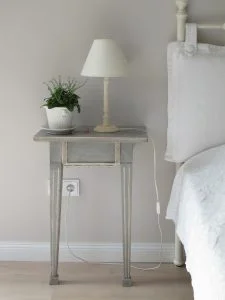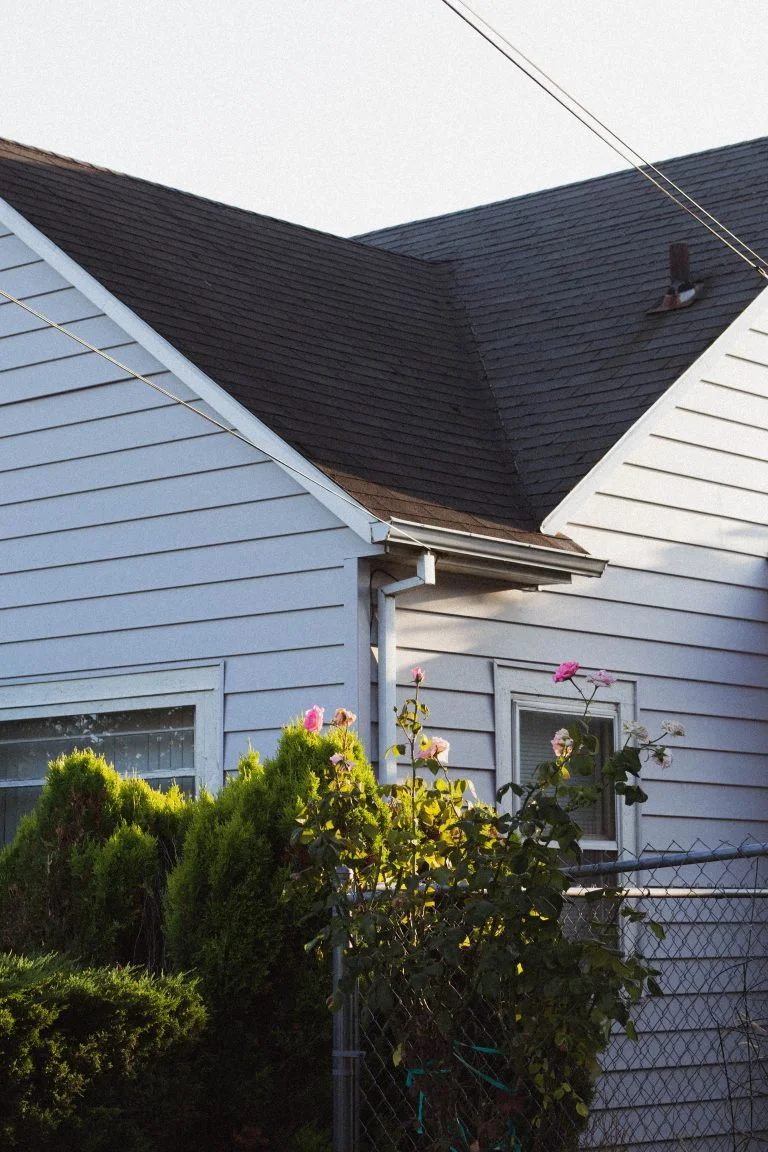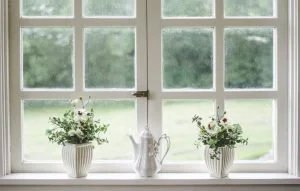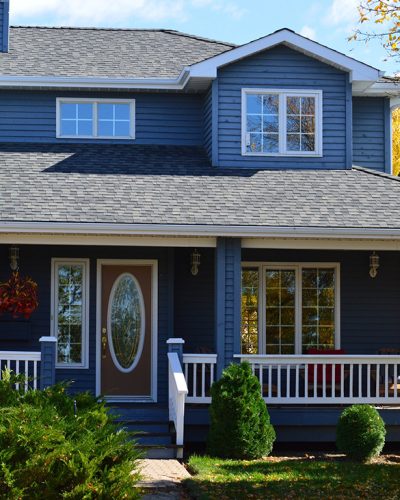Common Issues With Older Homes
Older homes in Santa Clara can be anything built from the early 1900’s to the 1960’s and 1970’s. Personally I don’t consider homes built after 1980 that old. That’s mainly due to the materials and building techniques. By the 1980’s walls were being sheered and there were more seismic improvements in construction than homes built just 20 years prior. Other considerations were electrical and plumbing systems.
Of course there are huge differences between homes built in the early 1900’s from homes built in the mid 1900’s and afterward. Because of the history of our valley, most homes were constructed between the 1950’s and 1970’s.
The advantage of these older homes is that generally, they are located in prime areas and well-established neighborhoods, and feature spacious lot sizes. As times have changed so have regulations on construction, new materials, cultural changes, and with that have come new expectations from homeowners.
The following tips will give you an idea of what issues to watch out for when buying an older home. Avoid getting caught up in the potential of the house before you look carefully at these problem areas.
When buying an old house, it pays dividends to know how to pick a home inspector that will go through the house with a fine-tooth comb.
While inspecting any home is important, it becomes even more paramount to check for problems found in older homes.
1. Asbestos
Asbestos makes an incredibly useful flame retardant, which is part of why it was so commonly used in older buildings. Unfortunately, when airborne, the barbed fibers can be inhaled and lodge in the lining of the lungs, eventually leading to a deadly form of cancer. The EPA finally banned the use of asbestos in building materials, but not until 1989.
Many older homes have had the asbestos removed and replaced with something safer, but some have not. You obviously want to know if the home you are interested in still has asbestos.
Asbestos can be found around pipes, heating ducts, tiles, acoustic ceiling coatings, and even in your drywall.
While a good home inspector can point out what looks to be asbestos, you cannot tell for sure unless it is tested and you will need samples and a lab for the results.
It’s pretty hard to find an older home that doesn’t have any form of asbestos. Most experts feel that asbestos is only a problem if it is airborne, so making sure it isn’t disturbed is the key.
2. Lead paint
While lead paint is #2 here in my list, it is the #1 problem you should be addressing when buying an older home. If you have a child under the age of six living in the home, it is mandatory that the lead is removed.
When lead is consumed by people, it can cause significant health problems, particularly in growing children. Homes built before 1978 could have lead paint, which is why property owners are required to disclose the possible existence of lead paint to renters or buyers. You can paint over the old paint, but the dangerous lead paint will still be there underneath.
Most sellers don’t inspect for lead and are not aware of lead in their homes.
3. Problems found with the foundation & Sills
The foundation on older homes can be cracked, leaning, sunken or otherwise damaged and in need of repair. Everything else in the house sits on the foundation, which is why foundation issues must be addressed for safety and to keep the home livable.
Santa Clara which has expansive soils has its share of homes or neighborhoods that have homes with foundation related problems.
Of course, all foundation problems are not equal. A few settlement cracks may be normal and perfectly fine, but you need an inspector to tell you one way or the other. Foundation repair can be expensive, something to keep in mind when you consider the price of the home.
One of the issues that is even more prevalent in older homes is damage to the sill plate. The sill plate is what connects the home to the foundation. In older homes, this is generally done through bolting, and not considered sufficient by today’s standards.
Another thing to be aware of is that over an extended period of time, the sills in a home can become susceptible to water, insects and other external elements. Damage to the sill can be expensive to repair since it can involve removing siding.
4. Electrical problems
The electrical systems in old homes were not designed to keep up with modern usage. Computers, mobile devices, televisions, HVAC systems, appliances, dishwashers, washer/dryers – we use a lot of electricity, far more than people did fifty or more years ago.
If your lifestyle includes the use of a variety of electronics, you want to make sure that the home you are buying will work for your needs.
One of the more common problems to look for when it comes to an older build before the 1950’s is knob and tube wiring. Knob and tube wiring was prevalent from the 1890’s to 1930’s. It became far less used right around 1950. This type of wiring consisted of single-insulated copper conductors run within the walls or ceilings, passing through joist and stud drill-holes via protective porcelain insulating tubes.
They were supported on nailed-down porcelain knob insulators. Where conductors entered a wiring device such as a lamp or switch, or were pulled into a wall, they were protected by flexible cloth insulating sleeves called loom. The first insulation was asphalt-saturated cotton cloth, then rubber became common.
As a home buyer what you need to understand is that knob and tube systems lack the capacity to handle the level of power usage in today’s modern homes. One of the big problems with knob & tube wiring is that homeowners often abused the system by replacing blown fuses with fuses rated for higher currents. By doing so the wiring was subject to higher levels of current that risked heat damage or fire.
Another problem with knob and tube wiring was the prevalence to be damaged by home renovations. Its cloth and rubber insulation dried out and turned brittle fairly easily. Additionally, it could also be damaged by rodents chewing on the wiring.
The biggest problem, however, with knob and tube wiring is the ability to get homeowners insurance. A large percentage of insurance companies will not write insurance on homes with knob and tube. Many companies will insist the knob and tube wiring is replaced or that an electrician certifies that the wiring is in good condition.
Other considerations is the lack of electrical ground wires in the wiring of homes built before the 1970’s and 80’s. Making it very difficult to property gound outlets. Also, most electrical panels were rated for 100 amps, which is not enough for today’s modern homes.
Rewiring a home can be very expensive, but expanding the electrical service from 100 amps to 200 amps can be done for around $2500.
5. Ungrounded outlets
Look around the home at the electrical outlets. Do they have three holes, or only two? If they only have two, it is not recommended to use any devices that require grounding in the outlet – like your computer or your nice new flat-screen television. While cheap adapters exist, they are not safe for long-term use, which means you will need to have an electrician fix the problem eventually.

6. Heating and HVAC
Lots of old homes just feature a central floor or wall furnace that was used to heat the entire home. These days people are used to forced-air heating and cooling systems which relies on a ducting system to cool or heat an entire home.
Although it’s possible to convert an old home to a new forced air system, you should understand the type of construction a home has to determine the complexity of the project. Homes with slab foundations or with lack of attic space make it difficult to install concealed ducts and can really increase the cost of the project.
7. Roofing issues
Like everything else on the home, the roof may have seen better days. You may look up and see missing shingles and moss, or patches of new shingles placed over the old. Or, you may see what looks like a roof in good repair, but the inspector may discover issues that are not visible to you from the ground.
There are definite signs that you need a new roof. Take a look and see how to tell if you need a new roof.
Keep in mind, previous owners may have chosen to save money by adding new shingles over the old across the entire roof, which will look uniform, but is not the right way to replace the roof and will increase the cost of a new roof.
Also, keep in mind the slope of the roof and what materials are recommended for that type of roof. Just because a roof has a certain material it may not be the proper material and it may require a lot more maintenance than you think.

8. Plumbing
Most older homes were plumbed with galvanized pipes and still used those pipes. Lead contamination from pipes in homes that were built in the ’50-’60s is rare. The biggest concern for homes with older galvanized plumbing is small leaks and water pressure. Galvanized plumbing can corrode from the inside causing debris to plug up aerators and affect water pressure. Over time this becomes more of an issue and may need to be updated to copper plumbing.
The supply plumbing of the home, as well as the water main coming from the water meter into the home, may need replacing.
Supply plumbing is generally the biggest focus for homebuyers, but waste plumbing can be a bigger issue and more costly. Most waste plumbing for homes that were built in the ’50s and ’60s consisted of cast iron. Like galvanized plumbing, this corrodes and can spring leaks and even breaks.
The biggest concern for waste plumbing is the main waste line and the sewer lateral which is the connection to the city’s sewer system. It’s important to know if the main waste line is cast iron or in some cases in even older homes built in the 1940s or earlier it can be clay pipe. Homes with clay pipe sewer connections are usually guaranteed to have issues.
Some times this line can be offset and or affected by roots from a tree in the front lawn. This can affect the drainage from a home and the repairs are very expensive.
Most sellers don’t and are not required to perform inspections on their mainlines, but if there is a history of frequent blockages it may indicate a problem.
9. Energy efficiency
Older homes were not built with energy efficiency in mind. Many do not have any insulation, or the insulation that they do have is old and ineffective.
The windows are often single-pane. To get the most out of any heating or air conditioning, you are going to need to update both the insulation and the windows in an older home.

10. Insects and pests
One of the advantages of older homes is the quality of the wood. Generally, older homes were built using older wood, and heartwood from older trees is very dense. Also in the 1950s and 1960s, the use of redwood was more prevalent due to its cost at the time. So the quality of the wood used in the 50s and 60s is more resilient to termite and water damage. That doesn’t mean that older homes are impervious to termites, but generally, the framing of older homes that have been affected by termites is still very much intact.
Newer homes use younger wood and lots of wood composite materials such as plywood and Oriented Strand Board (OSB) which are strong but not as resilient to water and pest damage. There are waterproof or treated types of plywood and OSB, but these are generally used in specific applications like subflooring. What newer homes lack in quality of wood they make up in building techniques that provide better strength and maintenance than their older counterparts.
11. A Realtor unfamiliar with older homes
Any experienced Realtor has probably sold quite a few older homes, and will be aware of all the possible problems buyers can run into. But not all Realtors are experienced, and you may wind up working with someone who has little experience in this area.
If you are considering older homes, make sure to ask your Realtor if he or she has experience with them. You are making a big purchase, one you want to be happy with. Work with an agent you feel like you can depend on to guide you effectively and look out for your interests.
One of the bigger stumbling blocks in buying an older home will be the home inspection and subsequent negotiations for any needed repairs. You are going to need someone in your corner who understands older homes and the severity of the issues that may affect the home you are considering. If your agent truly doesn’t understand the issues it is awfully hard to negotiate.
At the bare minimum, your real estate agent should attend the home inspection to hear the problems. Many agents skip the home inspection which is a huge mistake.
Final Thoughts
Buying a new home is great, but it maybe difficult due to availability and price. Older homes may be the only option if you are looking to buy in a certain neighborhood or area. While homes tend to have more problems than younger properties as long as you do your due diligence, you can protect yourself from buying the wrong home or paying too much.
Have more questions or would like to discuss your home buying situation, contact us today.





